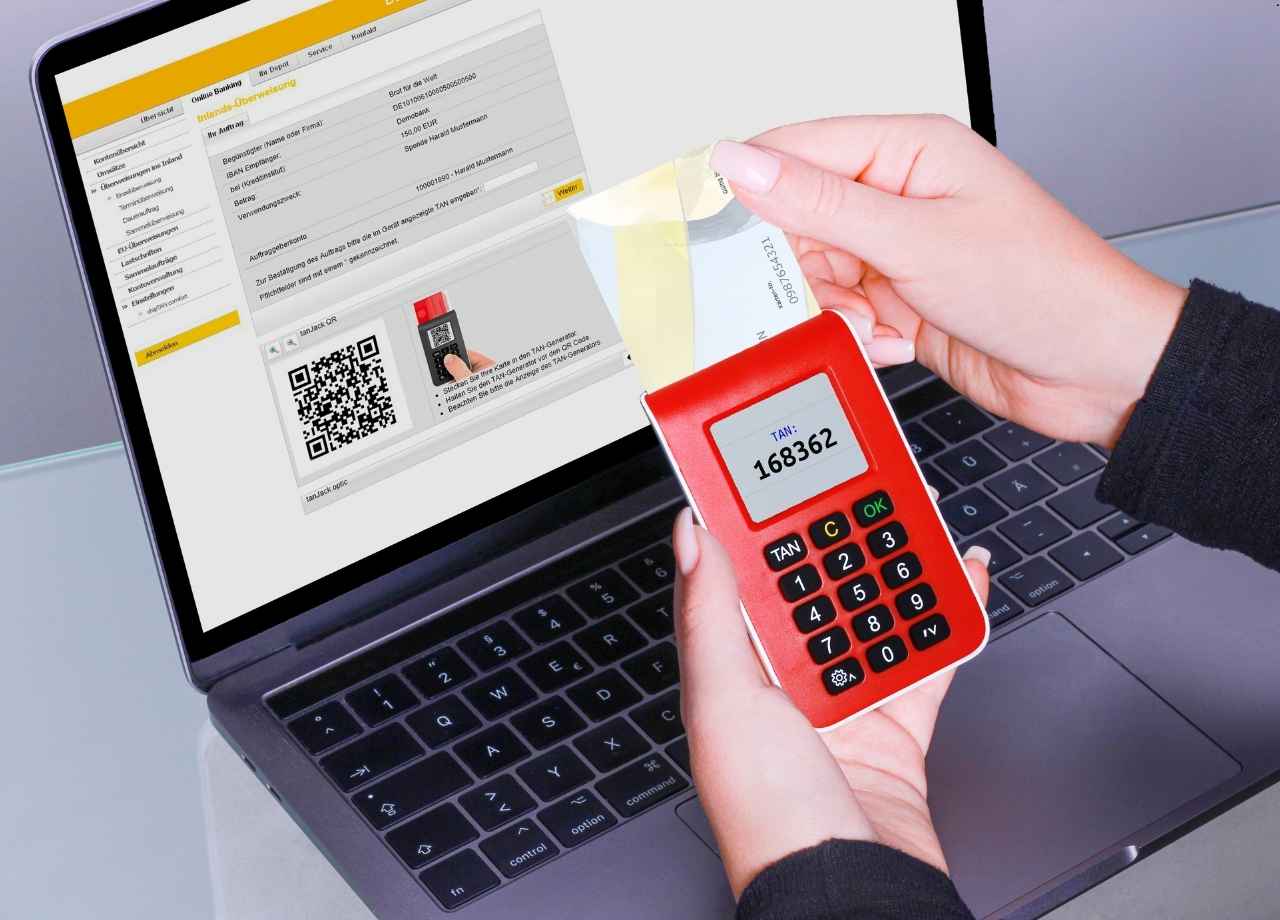
Customer retention is a critical factor in sustaining business growth, and companies across industries are constantly looking for ways to encourage repeat purchases and long-term customer relationships. While acquiring new customers is often a priority, studies show that retaining existing ones is far more cost-effective, with loyal customers spending significantly more over time. One of the most effective tools for boosting retention is a Point of Sale (POS) loyalty program, which allows businesses to integrate customer rewards directly into their in-store transactions.
POS loyalty programs streamline the customer experience, offering seamless enrollment, instant rewards, and a more personalized approach to engagement. By leveraging data insights, businesses can craft targeted offers, enhance the in-store shopping experience, and unify online and offline touchpoints. This article explores the benefits, key features, and implementation strategies of POS loyalty programs, illustrating how they contribute to improved customer retention.
The Benefits of POS Loyalty Programs
One of the biggest advantages of integrating loyalty programs with POS systems is the ease of enrollment. Traditionally, signing up for a loyalty program required customers to fill out forms or complete a registration process online, which often deterred participation. With a POS-integrated program, enrollment can be completed in seconds at the checkout counter. Cashiers can simply ask customers if they would like to join, enter basic information such as a phone number or email address, and instantly link their purchases to the loyalty program. Some systems even allow customers to scan a QR code at checkout to enroll via their mobile devices, reducing friction and making the process more engaging.
Beyond enrollment, instant rewards and incentives encourage customer participation. Many loyalty programs struggle with engagement because customers do not see immediate value. However, a POS-linked system can offer an immediate discount, bonus points, or exclusive pricing on the first purchase, demonstrating the program’s benefits right away. For example, a customer who signs up at checkout could receive an instant 10% discount on their current purchase or a digital coupon for their next visit. This instant gratification creates a positive association with the program and increases the likelihood that customers will return to redeem future rewards.
Another key advantage of POS loyalty programs is their ability to generate valuable data insights. Every transaction linked to a loyalty account provides businesses with detailed information about customer behavior, including purchasing patterns, frequency of visits, and product preferences. This data allows companies to tailor their marketing strategies, offering personalized discounts and recommendations that align with individual shopping habits. For example, if a customer frequently purchases a particular brand of skincare products, the system can automatically send them a special offer on those items, increasing the chances of repeat purchases. Moreover, businesses can analyze shopping trends across their customer base, enabling them to optimize inventory, refine promotions, and improve overall sales strategies.
An effective POS loyalty program also enhances the checkout experience by making the process smoother and more rewarding. Customers who are part of the loyalty program can benefit from faster transactions, as their rewards and discounts are automatically applied. Some retailers even offer priority checkout lanes or express services for loyalty members, making their in-store experience more convenient. Additionally, digital wallets and mobile app integrations allow customers to store their loyalty information electronically, eliminating the need for physical cards and ensuring they never miss out on rewards.
Another critical role of POS loyalty programs is their ability to support omnichannel engagement. Today’s consumers shop across multiple platforms—online, in-store, and through mobile apps—expecting a seamless experience across all touchpoints. A well-integrated POS loyalty program ensures that customers earn and redeem rewards regardless of where they make a purchase. This eliminates the frustration of maintaining separate accounts or missing out on rewards when switching between shopping channels. A customer who buys a product online can accumulate points and later redeem them in-store, reinforcing brand loyalty and encouraging continuous engagement.
Key Features of an Effective POS Loyalty Program
For a POS loyalty program to be successful, it must offer a unified experience that seamlessly integrates with the checkout process. Customers should be able to enroll, check their points balance, and redeem rewards effortlessly, without disrupting the transaction. Staff should also have access to relevant customer information, such as purchase history and available rewards, to personalize interactions and provide better service. A system that can quickly identify members by phone number, email, or membership ID ensures a smoother experience for both customers and employees.
Another essential feature is real-time synchronization, which ensures that customer activities are instantly reflected across all sales channels. If a customer earns points from an in-store purchase, those points should be immediately available for use online or through a mobile app. This level of synchronization prevents discrepancies, builds trust, and encourages customers to engage more actively with the loyalty program.

Personalization is a key driver of customer retention, and a well-designed POS loyalty program should leverage data-driven marketing to offer relevant incentives. Personalized offers based on past purchases, shopping frequency, or location can make customers feel valued and more likely to return. Automated marketing integrations can send personalized email or SMS notifications, reminding customers about upcoming promotions, expiring rewards, or new products tailored to their preferences. This targeted approach helps keep customers engaged and enhances their overall shopping experience.
Another factor that influences the success of a POS loyalty program is its ease of use for both customers and employees. The system should be intuitive, requiring minimal training for staff while ensuring that customers can access and understand their rewards effortlessly. If the process is too complicated or requires multiple steps to redeem rewards, participation rates may decline. A simple, straightforward interface that integrates smoothly with existing POS hardware can make a significant difference in adoption and engagement levels.
Implementing a POS Loyalty Program for Maximum Impact
Implementing a successful POS loyalty program starts with setting clear objectives. Businesses should define what they hope to achieve—whether it’s increasing repeat purchases, gathering customer insights, boosting sales, or enhancing brand loyalty. Understanding these goals will help shape the structure of the program, including the types of rewards offered and how customers earn them.
Choosing the right POS and loyalty platform is another crucial step. While some POS systems come with built-in loyalty features, others require third-party integrations. Businesses should look for a platform that offers seamless omnichannel functionality, supports data-driven marketing, and provides real-time updates. The ability to integrate with other business tools, such as email marketing software and e-commerce platforms, ensures a more cohesive customer experience.
Once the program is in place, effective promotion is essential to encourage participation. Staff should be trained to actively promote the program at checkout, explaining its benefits and guiding customers through the enrollment process. In-store signage, digital displays, and QR codes can also help raise awareness and make it easy for customers to sign up. Additionally, online promotions through email and social media can attract digital shoppers and drive in-store engagement.
Finally, businesses should continuously monitor and optimize their POS loyalty program. Tracking key metrics, such as enrollment rates, redemption patterns, and customer retention rates, can provide valuable insights into the program’s effectiveness. Regularly updating rewards, introducing limited-time offers, and responding to customer feedback can keep the program fresh and engaging.
A well-implemented POS loyalty program is more than just a rewards system—it’s a powerful tool for building long-term customer relationships. By offering seamless enrollment, instant rewards, personalized engagement, and a unified shopping experience across channels, businesses can drive repeat purchases and increase customer retention. As consumer expectations continue to evolve, integrating a robust POS loyalty program ensures that brands remain competitive, providing customers with compelling reasons to stay engaged and loyal. Businesses that invest in these programs today will not only enhance customer satisfaction but also create a strong foundation for sustained growth in the future.

